Nielsen
03.19.2014
Times are changing for Europe’s retail food market, and operators are consequently finding it increasingly difficult to boost their sales. Three agents of change have affected food retailing in Europe over the last 20 years. Europe’s markets initially swelled with rapid store expansion and the discount channel boomed. But the wind fell from the growth sails when consumer demand weakened following the economic crises of 2008. Recently, the effects of these factors have culminated to stifle growth.
As a result, the only underlying increases in sales Europe has experienced since 2006 has come from price inflation. Headline consumer packaged goods (CPG) value sales growth across Europe(1) slowed again in 2013, dropping to 2.5 percent with volumes once again flat (-0.1%). As a result, how well the CPG industry, particularly in Western Europe(2), handles the next 12 months or more will hinge on how well companies learn to live with flat—or negative—sales volumes.
Private-Label Retailer Disruption
So how are retailers adjusting to a market with structural limitations to sales growth and an oversupply of stores at a time of falling demand? For some, the challenges have inspired bold and new initiatives.
While the rise of the modern convenience store and steps into e-commerce are long-term opportunities, retailer disruption around private label is having a more immediate impact on the current trading environment.
In fact, Nielsen has observed that the weak economic recovery, resulting low consumer confidence and falling real incomes since 2009 have had a positive effect on consumers’ acceptance of private-label goods.
Private label growth in some countries has been due to retailer “pull,†whereby companies are pulling shoppers into buying private label using methods like advertising and touting value for money. Germany is a good example of a market where discounters have led private label growth. In other countries, such as Spain and Italy, the growth of private label has been fostered by an economic “push,†where conditions are pushing consumers to shop differently.
There are, however, some consistent themes across Western Europe, such as:
The number of private-label items available to the consumer has increased 4 percent;
The share of sales that private label accounts for has grown, increasing to 36 percent (and growing faster in Italy and Spain); and
In cases where brands have driven promotional spending, as has been the case in the U.K., the efforts have effectively acted as a ceiling capping private label growth.
It’s Not Just About the Cost, Or is It?
Price is one factor helping bolster private label growth in Europe. Notably, private label can be as much as 30 percent less expensive than brands across the Big 5 Countries(3). Across categories, private label has a price index of less than 60 percent in health, personal care and home care, compared with 90 percent in perishable fresh foods, where the average prices are much closer to those of brands.
However the success of private label isn’t just about cost. Retailers in Europe have also created new demand, particularly by offering new premium private-label lines and by launching dine at home meal offerings with bistro or restaurant quality foods, a trend that is most evident in the U.K.
We have identified four steps in this disruption:
1. Innovation: Retailers push new product development outside their existing CPG private-label categories.
2. Expand: Retailers expand the broader product portfolio, which leads to a more positive perception of the retail brand.
3. Embrace: The strengthened retailer brand then creates a “halo†for greater private label acceptance. If a consumer feels good about private label, it can have an emotional impact whereby the consumer feels more positive about the retailer in the process.
4. Grow: Higher acceptance of private label inspires retailers to further develop and grow private label within CPG.
Also, in markets where there has been stronger growth in private label, the growth has often driven bigger basket sales. The consumer segment that prefers private label is typically found to be bigger families with children, which are among the higher-spending segments of all households.
What’s Next?
Looking ahead we anticipate four emerging trends across Western Europe.
1. Brands will fight lackluster operating conditions with demand-led innovation, giving shoppers the ultimate choice within a category.
2. As retailers develop premium private-label offerings, the price differential between them and national brands will narrow.
3. Shoppers will increasingly mix both private-label and branded options baskets, aiming to save money and trade up for the more affordable treats and indulgences when they can.
4. Digital advertising is gaining momentum and we expect to see the impact of this shift in investment on both shopper sentiment and spend.
Notes
(1) Nielsen Growth Reporter
(2) France, Germany, Italy, Spain, U.K.
(3) Nielsen’s Western Europe Thought Leadership Team, Retailer Disruption 2013
Subscribe to our free mailing list and always be the first to receive the latest news and updates.
